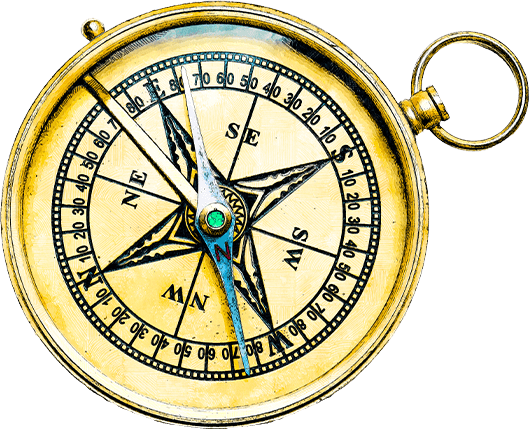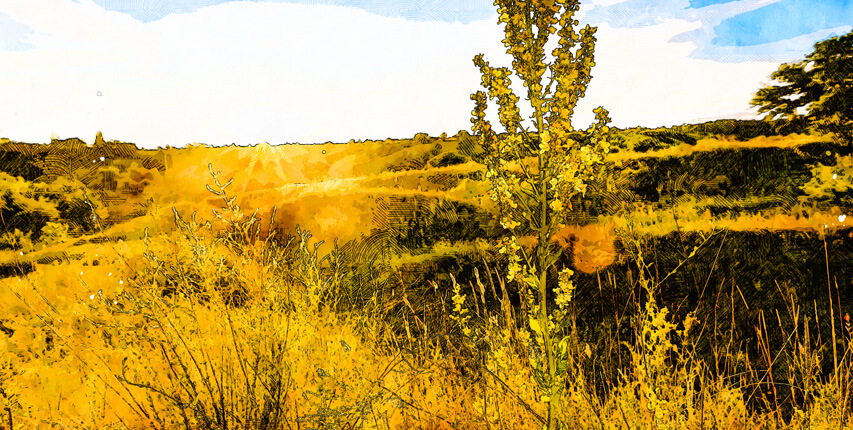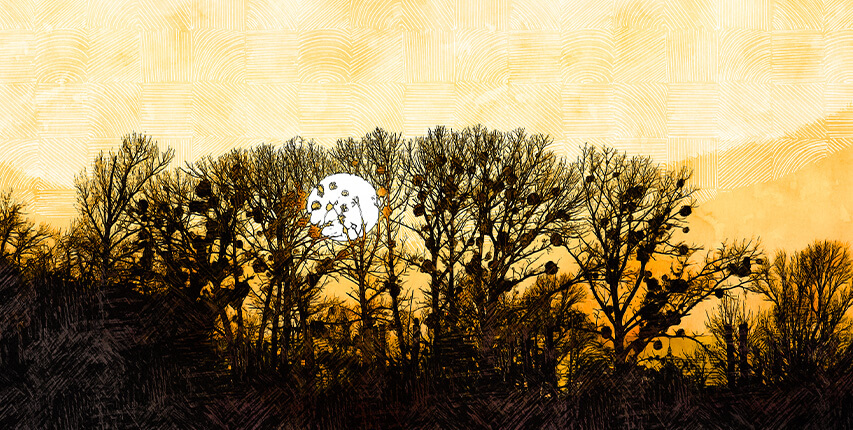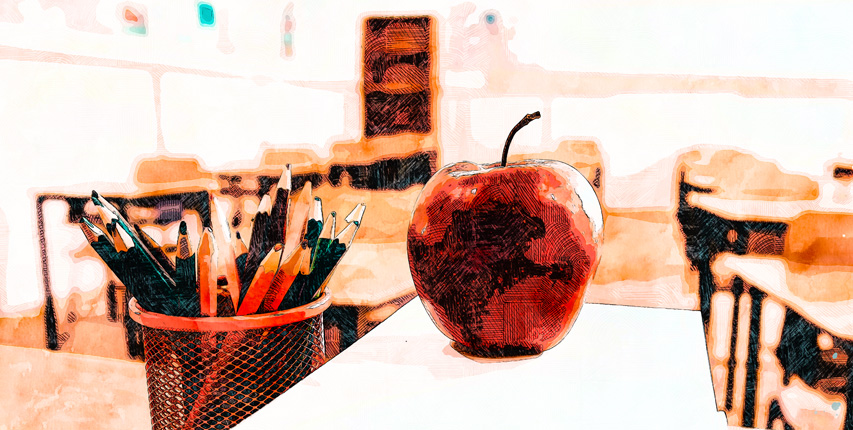Kitsch, quirks, and quiz time—classic road trip style.
Pack the snacks, cue the road trip mixtape, and set your sights on the wonderfully weird. This throwback tour of oddball roadside attractions pairs vintage Americana charm with trivia that’s worth the pit stop.
1.
The World’s Largest Ball of Twine Has Competitors
There isn’t just one! Cawker City, Kansas claims the largest by a single person, while Darwin, Minnesota has the largest rolled by a community. Both weigh over 9 tons!
Cawker City’s ball is still growing—locals add more twine during an annual festival—while Darwin’s version even inspired a “Weird Al” Yankovic song and museum exhibit.
2.
Carhenge Is Made of… Cars
In Alliance, Nebraska, there’s a replica of Stonehenge built entirely from vintage American cars — stacked and spray-painted gray to match the original.
Carhenge was built in 1987 by artist Jim Reinders as a tribute to his father—and though it mimics Stonehenge’s dimensions, it swaps ancient stones for 39 vintage American autos arranged with automotive precision.
3.
Lucy the Elephant Predates the Statue of Liberty
This 6-story elephant-shaped building in Margate, New Jersey was built in 1881 as a real estate gimmick. It’s older than the Statue of Liberty and the Eiffel Tower!
Lucy the Elephant has survived storms, fires, and even a move—earning National Historic Landmark status and the quirky title of America’s oldest surviving roadside attraction.
4.
You Can Visit a Giant Peanut, Duck, Shoe, or Rocking Chair
Roadside America is filled with giant objects — including a 23-foot peanut in Georgia, a giant duck-shaped building in New York, a shoe-shaped house in Pennsylvania, and the world’s largest rocking chair in Missouri.
These whimsical giants were often built to promote local industries—like peanuts, poultry, or furniture—and became beloved photo ops that turned small towns into memorable stops.
5.
The Cadillac Ranch Encourages Graffiti
Near Amarillo, Texas, a row of ten Cadillacs is buried nose-first in the desert. Visitors are encouraged to spray-paint them — it’s part of the art!
Cadillac Ranch was created in 1974 by a San Francisco art collective called Ant Farm. The cars, ranging from 1949 to 1963 models, are buried at the same angle as the Great Pyramid of Giza — and the ever-changing graffiti is part of its evolving charm.
6.
The Mystery Spot Bends Gravity
In Santa Cruz, California, the Mystery Spot is a gravitational anomaly where balls roll uphill and people seem to lean sideways without falling. Is it a trick of the eye or something stranger?
The Mystery Spot opened in 1941 and quickly became a curiosity magnet. While it’s likely a clever use of tilted rooms and optical illusions, the site has inspired wild theories involving magnetic fields, spacecraft, and even geological vortices — keeping the mystery alive for generations.
7.
The Enchanted Highway Has Giant Metal Sculptures
In North Dakota, the Enchanted Highway features enormous roadside sculptures like a family of grasshoppers and a 110-foot-tall pheasant — all designed to draw travelers off the highway.
The Enchanted Highway was created by artist Gary Greff to revive his hometown of Regent, North Dakota. Spanning 32 miles, the route features towering metal sculptures — including “Geese in Flight,” which holds a Guinness World Record as the largest scrap metal sculpture in the world.
8.
The Corn Palace Is Exactly What It Sounds Like
In Mitchell, South Dakota, you’ll find a giant building covered in murals made entirely from colored corn. They redesign the artwork every year with thousands of ears of corn.
The Corn Palace has been a South Dakota landmark since 1892, celebrating the region’s agricultural heritage. Each year, artists create new mural themes using 12 different shades of corn, along with native grasses and grains — and the entire redesign process takes months of planning and over 300,000 ears of corn!
9.
Wall Drug Offers Free Ice Water — and It Worked
Wall Drug in South Dakota became world-famous by advertising free ice water to hot travelers in the 1930s. Today, it’s a massive tourist stop with a giant jackalope statue and over 2 million visitors annually.
Wall Drug’s free ice water campaign started as a simple roadside sign — and it worked. The humble offer drew so many travelers off the highway that the store grew into a sprawling 76,000-square-foot attraction with a restaurant, art gallery, quirky shops, and photo ops galore. It’s now one of the most famous pit stops in America.
10.
The World’s Largest Frying Pan Can Hold Hundreds of Eggs
Several towns claim the title, but Rose Hill, North Carolina’s frying pan is 15 feet wide and once cooked 365 chickens at once during a poultry festival.
Rose Hill’s giant frying pan weighs two tons and uses natural gas to heat 40 gallons of oil. It was custom-built in the 1960s for the North Carolina Poultry Jubilee — and yes, it still gets fired up for special events, making it both a roadside oddity and a working piece of culinary equipment.
11.
You Can Drive Through a Giant Redwood Tree
California’s “Chandelier Tree” is a living coastal redwood with a carved-out tunnel big enough for a car to pass through — it’s been a tourist draw since the 1930s.
The Chandelier Tree in Leggett, California stands 276 feet tall and is over 2,000 years old. The 6-foot-wide tunnel was carved in the 1930s to attract tourists during the rise of car culture — and remarkably, the tree remains alive and thriving despite its hollowed trunk.
12.
The Beer Can House Is… a House Made of Beer Cans
In Houston, Texas, one man covered his house in over 50,000 flattened beer cans as a personal art project. It’s now a folk art landmark.
The Beer Can House was created by John Milkovisch in the late 1960s as a way to repurpose discarded cans — eventually covering not just the house, but the yard, fence, and even wind chimes. It’s now preserved by the Orange Show Center for Visionary Art and draws thousands of curious visitors each year.
13.
The Shoe Tree Tradition Is a Mystery
Scattered across the U.S., shoe trees are covered in hundreds of pairs of shoes flung into the branches. No one knows exactly how the tradition started, but it’s become a quirky pit stop for roadtrippers.
Some say the first shoe trees began as spontaneous gestures—like a wedding celebration or teen prank—but over time, they’ve become folk art landmarks. New shoes are often added by travelers hoping to leave a mark, and each tree ends up with its own local legends and origin stories.
14.
The World’s Largest Chest of Drawers is 38 Feet Tall
In High Point, North Carolina — a furniture hub — you’ll find a giant chest of drawers with two socks hanging out. It’s a nod to the town’s manufacturing legacy.
Standing 38 feet tall, the chest was originally built in the 1920s and later updated to its current size. The socks symbolize High Point’s hosiery industry, while the oversized drawers are a playful tribute to the city’s status as the “Furniture Capital of the World.”
15.
The Blue Whale of Catoosa Was Built for Love
In High Point, North Carolina — a furniture hub — you’ll find a giant chest of drawers with two socks hanging out. It’s a nod to the town’s manufacturing legacy.
This giant blue whale off Route 66 in Oklahoma was built in the 1970s by a man as a gift to his wife. It became a local swimming hole and a beloved roadside icon.
16.
Route 66 Isn’t Fully Drivable Anymore
The historic “Mother Road” once stretched from Chicago to L.A., but it was decommissioned in 1985. Still, you can drive most of it as a scenic route today.
Route 66 spanned over 2,400 miles and passed through 8 states, becoming a symbol of American freedom and migration during the Dust Bowl and postwar era. Though no longer part of the official highway system, it’s preserved through local initiatives, historic markers, and quirky roadside stops that keep its legacy alive.
17.
Longest Driveable Road in the U.S.?
That would be U.S. Route 20, stretching 3,365 miles from Boston, Massachusetts to Newport, Oregon.
U.S. Route 20 is the longest road in America — crossing 12 states, the Great Plains, the Rockies, and even Yellowstone National Park. Though not as famous as Route 66, it offers a diverse and scenic journey from coast to coast, blending small-town charm with natural wonders.
18.
Gas Station Origin Story
The world’s first purpose-built gas station opened in Pittsburgh in 1913. Before that, drivers bought gasoline at general stores or pharmacies!
That first gas station in Pittsburgh was built by Gulf Oil and even featured an awning and attendants — a big upgrade from the barrels and buckets used at general stores. It sold 30 gallons on opening day, marking the beginning of a roadside revolution!
19.
The Road Trip Boom Started with the Model T
Once Ford’s Model T made cars affordable in the 1910s, Americans began venturing beyond their hometowns. Motels and diners followed soon after.
The Model T didn’t just change how people traveled—it shaped where they went. As more families hit the road, towns built motor courts, diners, and attractions to catch their attention, giving rise to the classic American road trip experience.
20.
The Phrase “Are We There Yet?” Has a Scientific Basis
Studies show time perception does feel slower on unfamiliar routes. That’s why road trips feel longer on the way there than the way back!
This is known as the return trip effect. Your brain forms more new memories on unfamiliar routes, making the trip there feel longer. On the way back, familiarity speeds up your perception of time—even if the drive takes just as long!
21.
Roadside Diners Were Once Old Train Cars
Early diners were converted from decommissioned railcars because they were cheap and mobile — perfect for new roads and new towns.
The narrow, elongated shape of old railcars made them ideal for diner layouts—complete with booths, counters, and compact kitchens. As roadside travel boomed, these portable eateries became iconic stops across America.
22.
You Can Stay in a Wigwam
Along Route 66, several motels offer concrete “wigwams” or teepee-shaped motel rooms — kitschy classics that became must-stop attractions.
The Wigwam Motels, built between the 1930s and 1950s, blended novelty architecture with roadside convenience. Though called “wigwams,” the concrete structures are actually shaped more like tipis. Today, a few remain as retro Americana landmarks, especially beloved along Route 66.
Several Wigwam Motels are fully operational and welcome overnight guests, offering a nostalgic road trip experience:
Wigwam Village #6 – Holbrook, Arizona: Located right along Route 66, this one is perhaps the most iconic and popular among travelers.
Wigwam Village #7 – San Bernardino, California: Another well-preserved stop on Route 66, complete with vintage cars parked outside.
Wigwam Village #2 – Cave City, Kentucky: This one isn’t on Route 66, but it’s the oldest surviving wigwam motel and close to Mammoth Cave National Park.
These motels are considered part of roadside Americana history and many have been placed on the National Register of Historic Places. Inside, the rooms are updated for comfort but still retain their quirky, retro charm.
23.
The Fastest Cross-Country Drive?
The Cannonball Run is a legendary (and illegal) coast-to-coast race. Some teams have driven from NYC to L.A. in under 26 hours — with custom fuel tanks and stealth tactics!
Inspired by the 1970s underground race and later made famous by Hollywood films, Cannonballers use police scanners, disguises, and even decoy cars to avoid detection while averaging over 100 mph for hours at a time. Make no mistake: it’s dangerous, illegal, and not something to try yourself.
This underground race is part of road trip legend, not a recommended activity!
Bonus Road Trip Trivia!
Billboards That Built a Brand
Burma-Shave signs, popular from the 1920s to the 1960s, were a series of witty roadside billboards spaced out in a row — each with one line of a poem or rhyme.
Example: Don’t stick your arm / out too far / it might go home / in another car / Burma-Shave.
They were one of the first viral ad campaigns — engaging bored drivers and entertaining families during long drives.
Burma-Shave ran over 7,000 rhyming billboard sets across 45 states. The last sign always read “Burma-Shave,” and fans even collected the rhymes.
Route Numbers Aren’t Random
Ever wondered why Route 66 runs east-west and Route 1 runs north-south? That’s by design! In the U.S. Highway System:
Odd-numbered routes run north to south
Even-numbered routes run east to west
And the lower the number, the farther north or east it is. So Route 20 is way north, while Route 90 is farther south. It’s road logic made navigable!
Road Reads & Map Legends
Road trip literature became a major part of American culture in the 20th century, reflecting the country’s fascination with freedom, discovery, and life beyond the next bend. Whether real or fictional, these stories turned the highway into a symbol of possibility.
“On the Road” by Jack Kerouac (1957) is one of the most iconic American road novels — written in just three weeks on a 120-foot scroll of paper so he wouldn’t have to stop typing to change pages.
“Blue Highways” by William Least Heat-Moon documents his 1978 journey across the U.S. using only two-lane backroads (the blue-colored routes on old maps), seeking forgotten towns and stories.
“Travels with Charley” by John Steinbeck (1962) recounts the author’s trip across America in a camper truck with his poodle, Charley. Some scholars debate whether parts were fictionalized — but it remains beloved.
Rand McNally released its first Road Atlas in 1924, helping drivers navigate the emerging highway system. Before that, people often used auto club guides or even asked for directions at gas stations.
Road trip bingo and other travel games were often printed on the backs of maps, making them entertainment and navigation tools in one!
Gas stations used to give away free maps — a marketing tactic that encouraged travel and brand loyalty.
In the early 1900s, maps were often hand-drawn by women hired by automobile clubs — a surprising slice of cartographic history.
Some maps included “phantom towns” or fake streets to catch copyright thieves copying their layouts!
Other Noteworthy Reads:
The Lost Continent by Bill Bryson – A funny, sharp memoir of small-town America from a British-American perspective.
The Road to Little Dribbling by Bill Bryson – For those interested in quirky UK road travel.
Route 66: The Mother Road by Michael Wallis – The go-to visual and historical guide to America’s most famous highway.
Test Your Knowledge!
Road Trip Trivia Quiz
A fun, fast-paced quiz to test and see what you can recall about the fun facts above! Try quick mode for a fast challenge or take the full quiz to see how much you really know!



